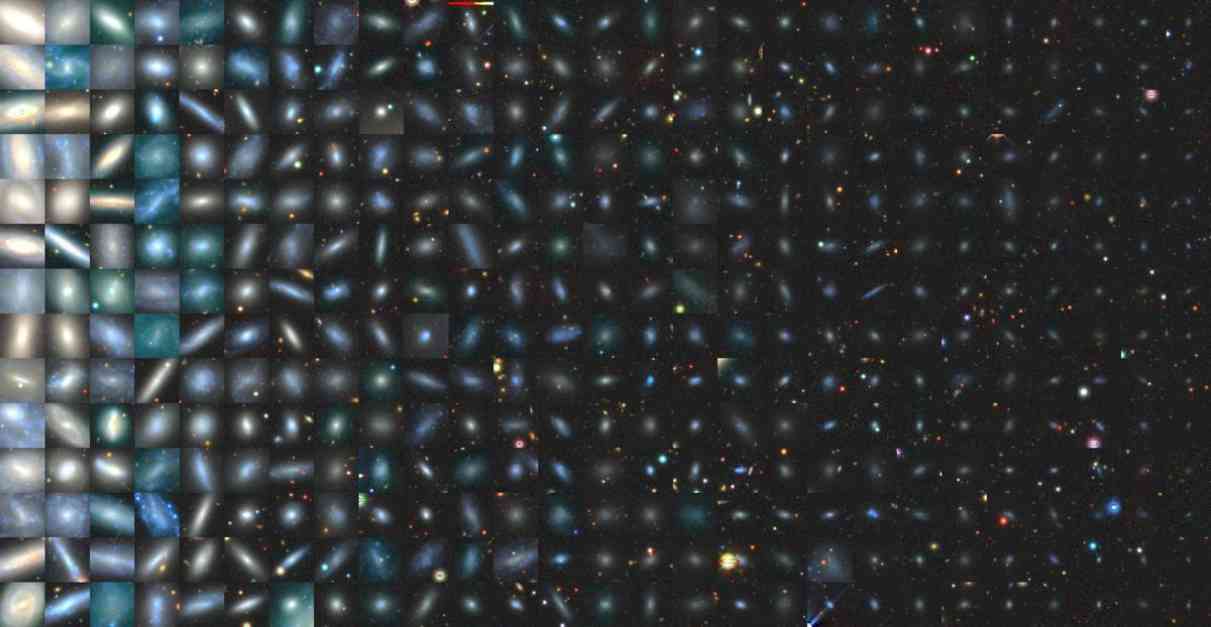The Milky Way’s system of small, orbiting satellite galaxies is quite unique, according to a new 12-year study conducted by the Satellites Around Galactic Analogs (SAGA) survey. This survey, led by a group of astronomers, aimed to compare the Milky Way and its dwarf satellite galaxies to other galaxy systems in the local universe.
Marla Geha, a professor of astronomy and physics at Yale University and co-founder of SAGA, highlighted that the Milky Way’s satellite population consists of a combination of small satellites with older stars and two large satellites, the Large and Small Magellanic Clouds (LMC and SMC). These two satellites are the largest in the Milky Way’s family and are easily visible from the Southern Hemisphere. The other 59 satellite galaxies of the Milky Way are quite faint, requiring powerful telescopes to detect them.
The SAGA survey examined 101 galaxies similar in size and mass to the Milky Way, hosting a total of 378 satellite galaxies. Interestingly, the number of visible satellite galaxies varied from 0 to 13 per host galaxy. In comparison, the Milky Way only had four detectable satellites, with the rest being too faint for observation with the Dark Energy Spectroscopic Instrument (DESI).
The presence of Magellanic-type galaxies, like the LMC and SMC, seems to influence the number of satellites in a host galaxy. Host galaxies with Magellanic-type satellites tend to have more satellites overall. The Magellanic Clouds are relatively recent additions to the Milky Way, having been captured by its gravity in the last three billion years. This may explain why the Milky Way’s satellite population was limited before their arrival.
Additionally, the SAGA survey found that satellite galaxies closer to their host galaxy are more likely to have zero or very low star-formation rates. This phenomenon, known as “quenching,” is influenced by the gravitational forces and radiation from the host galaxy. Most of the Milky Way’s satellite galaxies have experienced quenching, resulting in their faint appearance due to limited star formation.
Dwarf satellite galaxies play a crucial role in the formation of larger galaxies, as they exist within the dark matter halo surrounding them. Understanding these dwarf galaxies can provide insights into galaxy formation, dark matter haloes, and the evolution of galaxies. The missing dwarf galaxies predicted by the Standard Model of cosmology remain a mystery, but studying satellite galaxies around other galaxies can help uncover their whereabouts.
Overall, the SAGA survey’s findings shed light on the unique nature of the Milky Way’s satellite population, the impact of Magellanic-type galaxies, and the quenching of star formation in satellite galaxies. Through further research and analysis, astronomers hope to unravel the mysteries of galaxy formation and the role of satellite galaxies in shaping our cosmic neighborhood.










